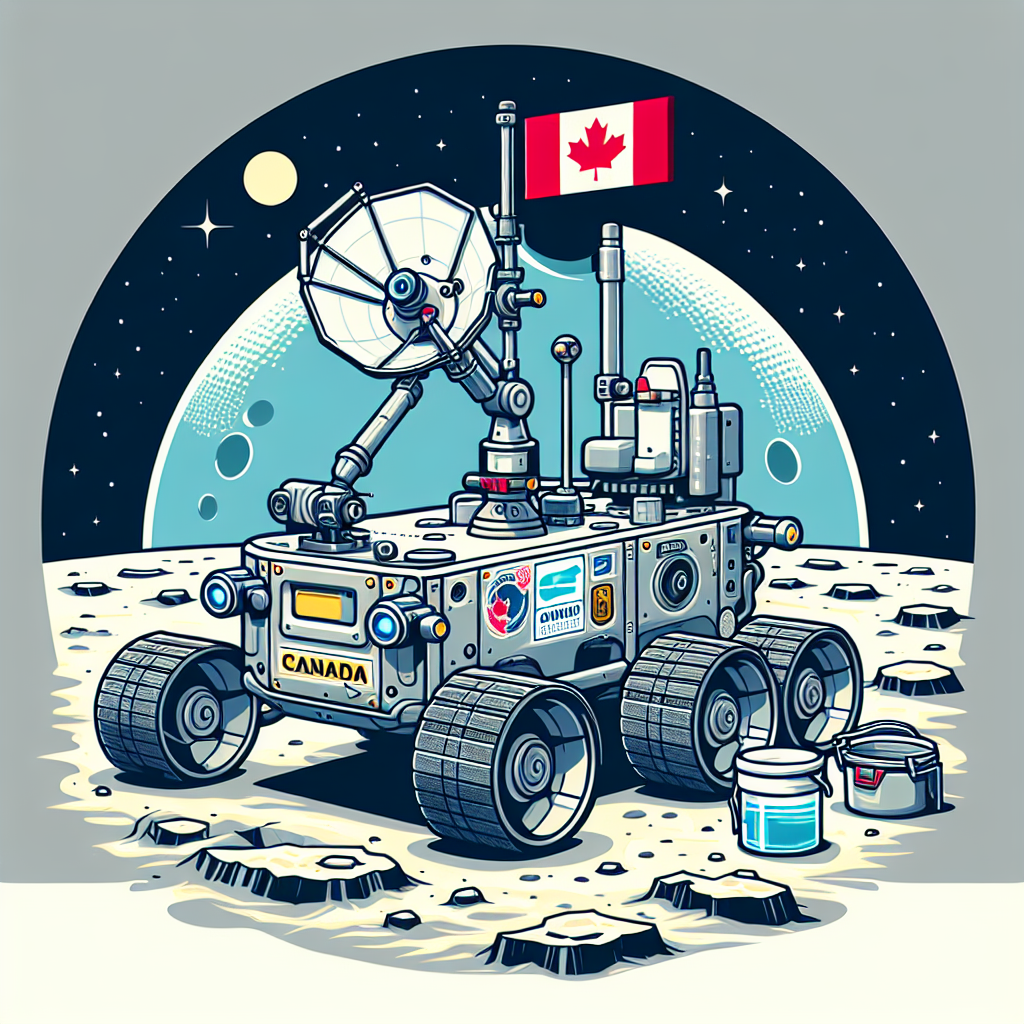
Canada’s First Lunar Rover
Canada’s first lunar rover, a marvel of technology and ambition, is set to explore the Moon’s south pole in a mission that could revolutionize our understanding of lunar resources.
Mission Overview
The Canadian Space Agency’s groundbreaking mission aims to pioneer the search for water ice on the Moon. Recent studies suggest that water, crucial for future lunar habitation, might be trapped in permanently shadowed regions near the lunar poles.
According to the Canadian Space Agency, the rover is designed to operate in the harsh, dark environments of the lunar surface, equipped with tools that can penetrate and analyze the regolith.
Significance of Finding Water
The possibility of extracting water on the Moon could open new pathways for human colonization and space exploration. Water can be split into hydrogen and oxygen to create rocket fuel or sustain lunar outposts, reducing the need to haul supplies from Earth.
NASA, with collaborations like the Artemis program, stresses the importance of such findings as they could support longer missions and the deep-space aspirations of reaching Mars and beyond (NASA Artemis).
Innovative Technology
Rover Design
The lunar rover’s design reflects cutting-edge engineering. Its robust chassis and thermal control mechanisms will protect it against the Moon’s temperature extremes. The rover is outfitted with spectrometers and drills capable of reaching below the surface to verify the presence of water ice.
International Collaboration
The mission is a testament to international cooperation, combining expertise from various countries and organizations. Partnerships with NASA and local tech firms enrich its capabilities, illustrating global collaboration in space exploration.
Collaborations extend to educational institutions, where Carnegie Mellon University’s autonomous technology (Carnegie Mellon) enhances the rover’s ability to navigate and analyze the lunar surface autonomously.
Anticipated Challenges
Despite the technological prowess, challenges abound. The lunar environment is unpredictable, with dust storms and extreme cold threatening the rover’s operation. Nevertheless, extensive testing ensures the rover is prepared for these conditions, as evidenced by simulation trials and controlled environment tests.
The Bigger Picture
This mission sets a precedent for future lunar exploration. Its success will not only define Canada’s role in space advancement but also contribute invaluable data for humanity’s quest to become a multi-planetary species.
The findings could potentially unveil new research venues and trigger advancements in space technology, as showcased by the enthusiasm from the space community and government agencies involved in this singular endeavor.
Conclusion
Canada’s expedition represents not just a significant technological achievement but also a new era in space exploration. This journey of the rover carries the aspirations of scientists and explorers who envision a future where humans can thrive beyond the limits of Earth.



